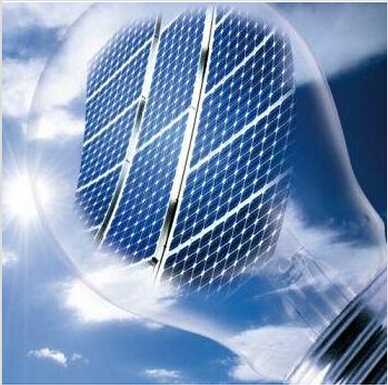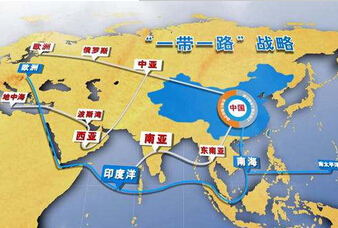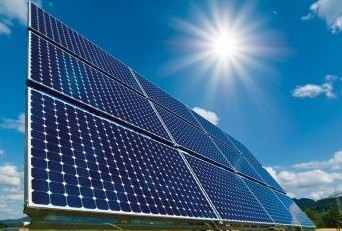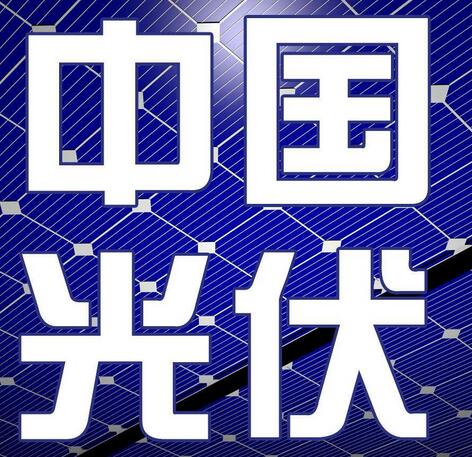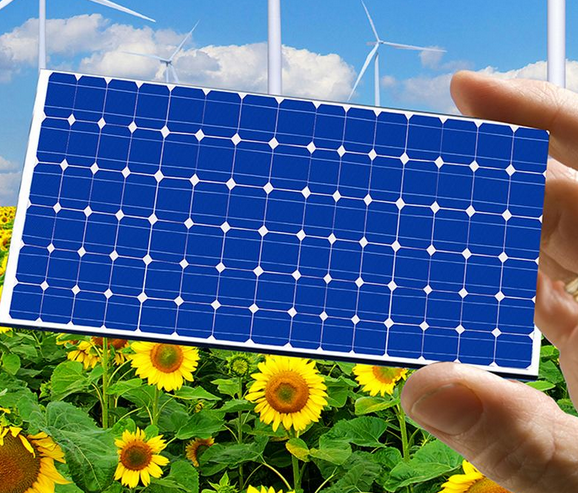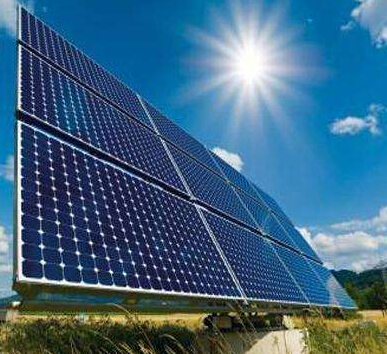Once upon a time, photovoltaic pavements were being stirred up. Some people say that it is an innovation in photovoltaic applications and technology. It is worthy of admiration. Some people say that it is making a show, and it has no practical significance. The result is that it is crushed by bad molecules.
If the photovoltaic road is the first half of the drama, then the photovoltaic railway is the second half of the drama, the first half has been ruined, and the second half is opening, what do you think?

With the ambitious proposal of the UK Renewable Energy Investment Corporation to launch a photovoltaic railway project to promote the official entry of photovoltaic railways, they will install a Giva-scale solar photovoltaic system on the global railway sleepers. Such a plan is another bold attempt for photovoltaic power generation applications. Beginning in June 2018, a 200 MW PV system has been installed on the 1000 km rail track in Germany. The project will be completed in 2019 and will expand to 10,000 km by 2022. In the future, it will be applied on the railroad tracks of Germany, Britain, France, the United States, China and Italy.
The photovoltaic railway once again broke into the hot search of photovoltaic applications, leaving a series of questions for PV practitioners. There are three main questions: First, how can PV panels be integrated into railroad tracks, the most important is load bearing; Second, power generation and consumption problems; The cost of photovoltaic rails.
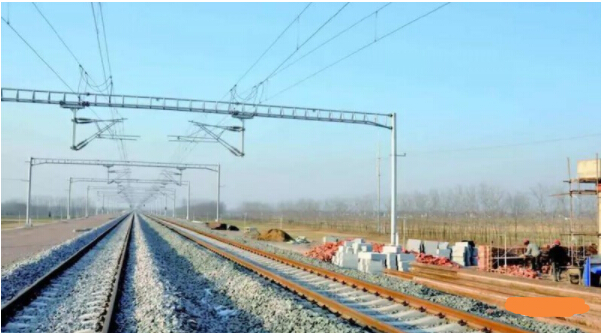
First let's look at the first question first. We know that the train will generate tremendous pressure and impact during the fast driving process. Can such a photovoltaic track pass the test?
According to the relevant person in charge of the company, they have a certain patented technology in the photovoltaic railway, that is, silicone and aluminum solar panels are designed to clamp the existing railway sleepers, and this technology is carried out on concrete, wood, steel and other materials. In the experiment, the panel glass has been reinforced and passed the most rigorous stress test and withstood the test of time. It is reported that well-designed solar panels can withstand various pressures, such as the train itself, hail, rocks, etc., whether in the high-speed line, or in the medium-speed secondary line, slow track, parking track, no pressure.
So really like what they said? We don't know, we can only rely on the experience of time.
The second question: the problem of photoelectric absorption.
If the first problem is not a problem, then the second problem is easier to solve. The electricity generated by the PV rails, they said they can be sold to the power grid, the railway station, nearby power consumers, and the railway station uses photovoltaic power generation. Power the train to charge the battery; consumers can buy electricity generated by photovoltaic rails for household loads, and excess electricity can be sold to grid companies for revenue. Can be done near the consumption, diversified use.

The third question: the cost of photovoltaic rails. The photovoltaic power generation market cannot be widely used in the world, or is limited by cost. In addition, the special requirements of photovoltaic railways in technology and equipment can be imagined. As for the cost per megawatt, the energy company did not disclose that there are already 10 million euros of financing, and another 300 million euros will be raised in further financing. New financing is also underway and most of the initial funding has been secured.
The appearance of any new thing will be filled with different voices. If you simply praise it, if you simply question it, then it is not a good thing for the thing itself. The photovoltaic application of photovoltaic railway or photovoltaic rail is a bold attempt and innovation of photovoltaic module technology, whether or not it is really like the British company said, we will wait and see!
















 RCCN WeChat QrCode
RCCN WeChat QrCode Mobile WebSite
Mobile WebSite